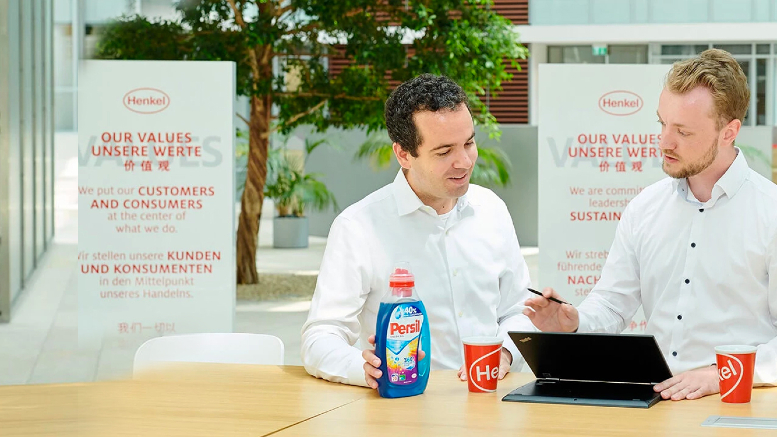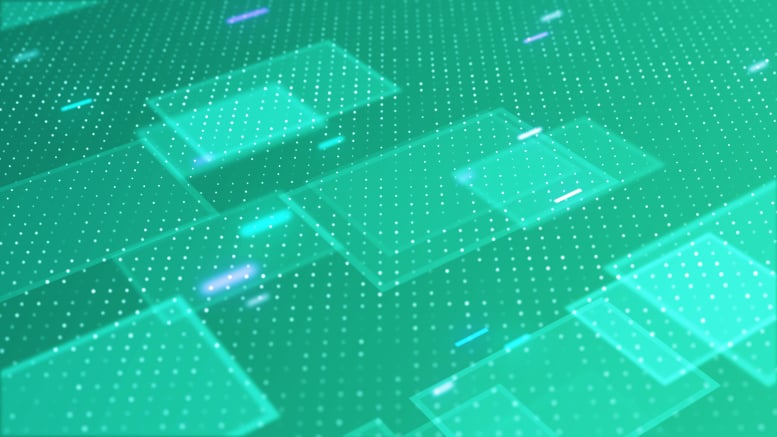Reter, retirar ou substituir? A racionalização da aplicação dá a resposta.
abril 22, 2025 / Parag Baweja
Pouco tempo? Leia as principais conclusões:
- A racionalização de aplicação oferece uma avaliação abrangente de todo o seu portfólio de aplicação.
- Mudar para a nuvem como parte da transformação digital é um grande incentivo para a racionalização da aplicação e a modernização das aplicações é o primeiro passo.
- A racionalização da aplicação ajuda a simplificar seu portfólio de aplicação e maximizar seu valor.
- Reduzir a sua aplicação reduz o custo total de propriedade e alinha melhor a sua aplicação com as iniciativas de negócios.
Se sua aplicação de negócios pudesse falar, qual história ela contaria? A racionalização da aplicação é a sua maneira de descobrir.
A racionalização da aplicação pode aprofundar sua compreensão da aplicação. Essa avaliação abrangente envolve avaliar todas as suas aplicações de negócios e identificar oportunidades de otimização. Com base nos resultados, você determina se é melhor manter, retirar, substituir, rehospedar, replataformar ou refazer cada aplicação.
Uma avaliação dá a você a visão de lidar com cada aplicação adequadamente. Após uma avaliação técnica, você obtém recomendações baseadas nos dados sobre a aplicação em seu ambiente.
O maior fator para a racionalização da aplicação
Você pode ser movido à racionalização da aplicação pelo desejo de alinhar suas aplicações com as necessidades de seu negócio. Você pode reduzir os custos de manutenção, licenciamento e suporte otimizando a aplicação de negócios, tipicamente uma parte significativa do seu orçamento de TI.
A motivação comum para a racionalização da aplicação é ganhar agilidade e velocidade e melhorar a experiência do usuário migrando para a nuvem. À medida que as organizações passam pela transformação digital, a otimização do panorama de aplicação se torna crucial para desbloquear todo o potencial da nuvem.
Além do aumento do desempenho comum às iniciativas na nuvem, a otimização do seu portfólio de aplicação oferece benefícios como:
- Maior segurança porque reduzir o número de aplicação restringe seu risco de ameaças cibernéticas. O mesmo acontece com a substituição de aplicação legada por aplicações modernas que são tipicamente mais seguras.
- Conformidade simplificada, pois auditar centenas de aplicação é complicado, pois você deve rastrear a propriedade e gerenciar seu uso.
- Melhor experiência do usuário, pois os funcionários usam aplicações mais modernas, jogam com menos aplicação e evitam alternar entre vários sistemas.
A racionalização da aplicação ajuda a identificar e superar os obstáculos comuns à aplicação, como desafios de escalabilidade, gargalos de desempenho, problemas de integração e vulnerabilidades de segurança.
Priorizar a aplicação moderna que impulsiona suas iniciativas
As aplicações legadas são frequentemente mais vulneráveis a riscos de segurança e menos propensas a servir à inovação. A racionalização da aplicação permite que você identifique aplicativos legados e aplicativos modernos que servem a um propósito semelhante de forma mais eficiente. Isso muitas vezes leva as organizações a priorizar a aplicação e modernizar seu portfólio.
Otimizar seu portfólio de aplicação pode reduzir os custos operacionais gerais e sinalizar que você está pronto para a transformação digital.
Vantagem da racionalização da aplicação: A modernização da aplicação pode reduzir a dívida técnica e melhorar a experiência do usuário.
Retirada de aplicação redundante e eliminação de sobreposição
As organizações acumulam inúmeras aplicações e podem não ter uma contagem adequada das aplicações implementadas. Alguns podem ter sido introduzidos por antigos funcionários ou implementados para apoiar um projeto concluído meses ou anos antes. Fusões e aquisições também podem resultar em sobreposição de aplicação.
Outras organizações têm várias aplicação que fazem a mesma coisa, adicionando taxas de licença desnecessárias e complexidade de gerenciamento. A racionalização da aplicação oferece uma imagem completa do seu portfólio de aplicação para que você possa retirar aplicações que não atendem mais às suas necessidades ou são redundantes.
Vantagem da racionalização da aplicação: Simplificar seu portfólio de aplicação permite que você obtenha o máximo valor da mistura certa de aplicação.
Eliminar ou substituir aplicação que não atenda mais às necessidades do negócio
As aplicações podem sobreviver à sua aplicação. Com o tempo, você provavelmente adquiriu uma aplicação que ninguém ainda usa. Ou talvez uma aplicação esteja sendo usada por apenas alguns funcionários, enquanto a maioria mudou para uma aplicação mais eficiente.
A racionalização da aplicação pode identificar com que frequência uma aplicação é usada e quantas pessoas a usam. Isso ajuda a detectar aplicativos subutilizados ou não utilizados. Você pode aproveitar a IA e o aprendizado de máquina para agilizar esse processo com automação.
Vantagem da racionalização da aplicação: Você reduz o custo total de propriedade e o consumo de energia obtendo informações sobre aplicação pouco utilizada.
Torne sua aplicação mais eficaz
A racionalização da aplicação beneficia qualquer organização empreendendo transformação digital. É impossível otimizar seu portfólio de aplicação sem dar este passo. Além disso, a modernização da aplicação com base em suas descobertas melhora a experiência do usuário, aumentando o engajamento, a satisfação e a produtividade do usuário.
A Unisys oferece gerenciamento de portfólio de aplicação, modernização, migração e serviços gerenciados para apoiar esses esforços. Personalizamos nossa solução de avaliação de aplicação Unisys para cada cliente, quer você possa se beneficiar de workshops de design, das melhores plataformas, avaliação automatizada infundida com IA ou metodologias estruturadas.
Leia como os serviços de aplicação da Unisys podem fornecer aplicações modernas e seguras e entre em contato para saber como uma avaliação pode ajudá-lo a reduzir os gastos gerais de TI. E explore nosso white paper sobre estratégias de sucesso para sua iniciativa de modernização de aplicação.

















